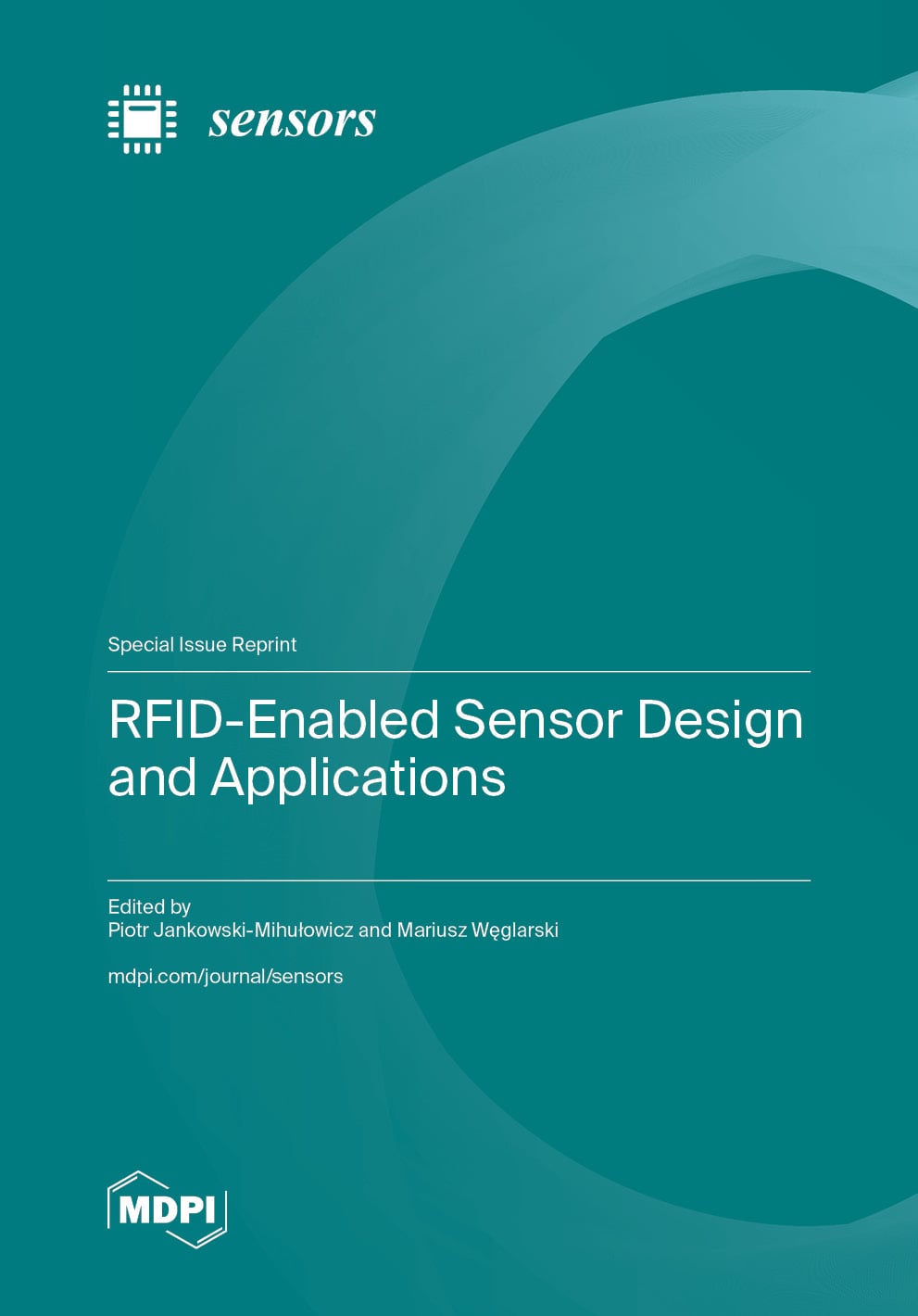- Article
Gait Parameters of Women Before Knee Joint Arthritis—Analysis Using the MoKA System
- Maciej Kuś,
- Dagmara Wasiuk-Zowada and
- Katarzyna Herman
- + 2 authors
Knee osteoarthritis significantly reduces quality of life due to difficulties with locomotion. The objective assessment of gait parameters can provide guidance for developing therapeutic programs, and wearable sensors are becoming increasingly common for this purpose. The Movement Kinematics Analysis System (MoKA) utilizes the Inertial Measurement Unit, which enables gait analysis in non-laboratory settings. The aim of the study was to determine gait parameters in women scheduled for knee replacement immediately before surgery, along with determining the measurement reliability. Seventy-six women were enrolled in the study (research group n = 25; control group n = 51). The participants completed the 6MWT with gait monitoring via the MoKA system. A comparison of pain intensity before and after the 6MWT revealed differences in p < 0.001. A comparison between the groups revealed differences in distance and step count. Pain intensity was negatively correlated with distance (R = −0.44) and the number of steps (R = −0.44), but did not affect the average length of steps (R = 0.05). The overall consistency assessment (AC) demonstrated good internal consistency. The qualitative ICC assessment indicated moderate reliability for three measurements, good for one, and excellent for the remaining measurements. It can be assumed that the assessment of biomechanical gait parameters using a system equipped with an IMU meets the criteria for measurement reliability. The gait of women with KOA scheduled for total knee replacement surgery is flattened and slowed, which may provide guidance for the use of appropriate postoperative exercises to achieve appropriate gait biomechanics.
25 December 2025






